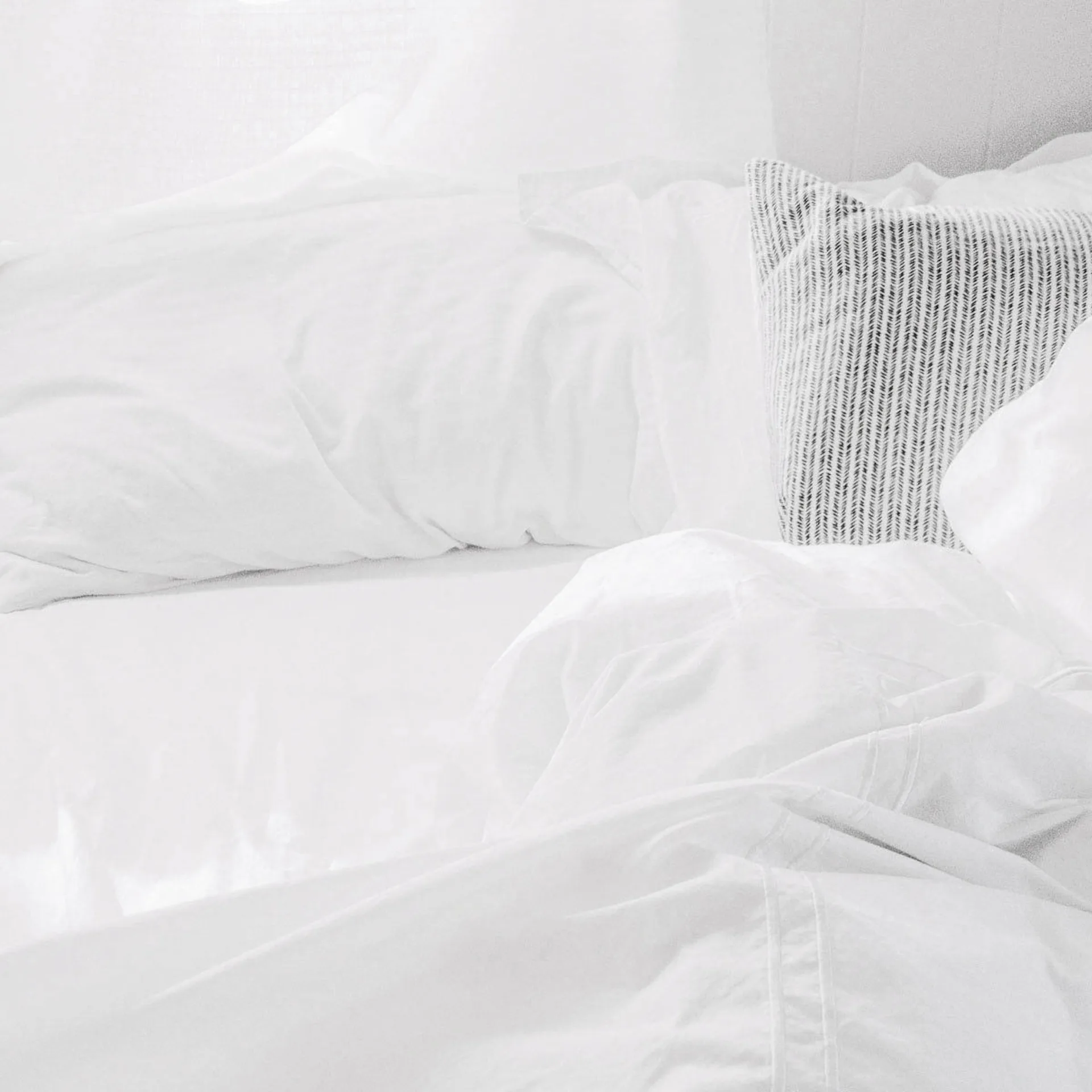Want A Beautiful Spring Garden? Plant Flower Bulbs Now

Do you long for a beautiful spring garden? Then right now is the time to order and plant flowering bulbs, before colder weather sets in. Choose from gorgeous tulips, vibrant daffodils, intriguing hyacinths and intricate alliums for a colorful and lively spring garden that will bring a smile to your face after the long, cold winter. Learn how to choose and plant a rainbow of spring flowering bulbs with our short bulb-planting guide.
Top Spring Garden Flowers
Flowering bulbs are ideal for most climates as they are often bred to survive harsh outdoor condituons and a variety of soil types. Lucky for us gardeners, bulb breeders have come up with the most exquisite spring garden blossoms that vary in color from the brightest pinks, oranges and yellows to deep blues, reds and even black.
It’s best to look for heirloom bulbs, as they’re often hardier and adaptable to varying climates. Some of our favorite types of spring garden flowering bulbs include:
Southern Jonquil – A fragrant, yellow daffodil
April Queen – A white daffodil with a yellow center
King of the Blues – A tall, pillar shaped and deep purple hyacinth
Adonis – A British tulip of ivory petals painted with deep, reddish purple streaks
Parrot Tulips – A maroon tulip with frilly, fluffy petals
Golden Harvest – A bright yellow tulip originally cultivated in English cottage gardens
German Garlic – Purple, pom-pom shaped little flowers that belong to the Allium family
Spider Lily – A unique red lily that looks like a cluster of fireworks
Spring Garden Planting Times
Planting times for spring garden bulbs vary according to the first estimated frost date in your area. You can find your plant hardiness zone with this search tool, while your bulb package will tell you the hardiness of a particular type of bulb. Bulbs should be planted once the soil temperature has dropped below 60 degrees F, but before the first hard frost. Hyacinths prefer being planted in warmer soil, while daffodils and tulips fare better when planted once soil temperatures have cooled from late summer heat waves. When storing your bulbs before planting remember that small and fleshy bulbs should be planted immediately, as they do not keep well. Larger spring garden bulbs can be stored at 40-50 degrees Fahrenheit in a dark space for a few weeks if necessary.
Spring Garden Planting Location
Bulbs do best in well-drained earth, so opt for a spot with loamy soil or augment clay soil with rich compost and sand. Although the bulbs will be dormant over the winter and become moist in the spring, they should remain dry in aerated soil during the summer months; this also helps them multiply underground. Bulbs can also be planted in raised beds or large garden pots, as long as the soil and the container allow for proper soil drainage. Alkaline soil (with a pH of 7 or so) is ideal for bulbs, so neutralize acidic soil with some agricultural lime or wood ashes. Also opt for a spot with full sun or at least partial sun, as most spring garden bulbs love sunshine but can handle a bit of afternoon shade.
Planting Method
Larger bulbs, like tulips, hyacinths and daffodils, should be planted about 6-8 inches deep and 6 inches apart, while smaller bulbs like crocuses and some varieties of alliums are planted 2-4 inches deep and 3-4 inches apart. Check your bulb package for specific planting instructions for different bulb varieties. It’s a good idea to have a trowel marked with measurements handy during planting, as this will ensure that all your bulbs are planted evenly and at the smae depth. Make sure to plant your bulbs with the root side in the soil, cover them with soil and place a light layer of airy mulch (oak leaves, straw, pine branches, etc.) on top of the planted area. Mulching is especially important in areas that experience hard freezes, as the evaporation of moisture can cause unprotected bulbs to crack and decompose.
Spring Garden Aftercare
It’s important to water your bulbs directly after planting them, and continuing to water them until rainy weather or frosts hit your area. Watering should commence again in the spring if your experience dry weather in your area. Let your bulbs dry out during the summer, as this will help to produce showier flowers the following year. Most bulbs enjoy fertile soil, so you may want to administer a bit of slow release fertilizer once a year in the fall. However, we do recommend testing your spring garden planting site first to know which nutrients are actually necessary, as high levels of phosphorus and potassium can become counter-productive.
Heirloom bulbs are far more resistant to most pests and diseases than many modern hybrids, although the classic problem of having animals dig up bulbs and chew on them is nonetheless an issue. This can be remedied by covering the planted area with wire mesh, window screen or burlap bags until the smell or freshly planted earth dissipates. If your new growth is in danger of being gnawed on by squirrels, raccoons or rodents, cover it with chicken wire.
Related on OrganicAuthority:
Amazing Alliums: Decorative, Edible and Easy to Grow
3 Gorgeous Summer Flowering Bulbs to Plant Now
Plant Perennials for A Garden That Shows Up, Year After Year
Image: kkmarais

